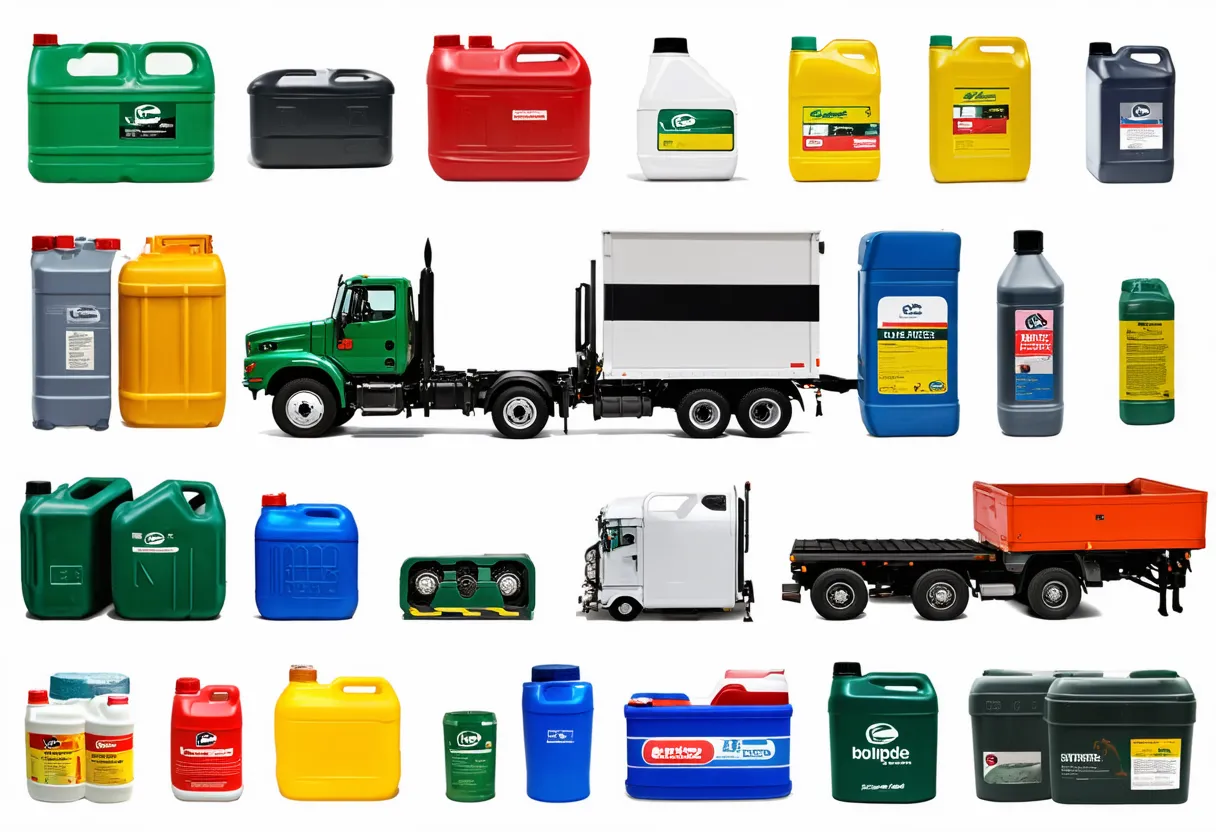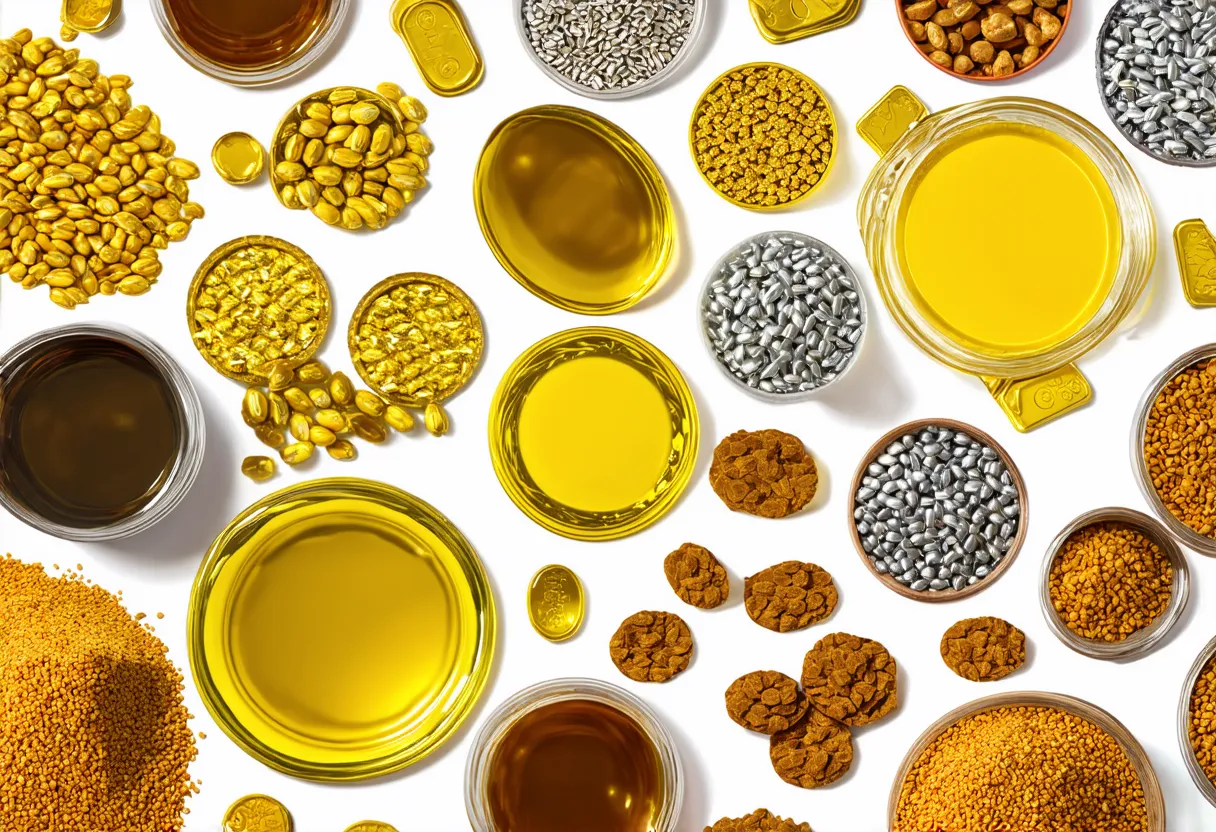Bolivia, with a population of 12,224,110, is ranked 77th in the world, just behind Tunisia. Located in South America, it covers 1,098,580 square kilometers, ranking 27th globally, just below Ethiopia.
Bolivia’s economic position in 2022 is characterized by a GDP of $44,008,282,877.96, ranking 94th globally. It follows Bahrain, which has a GDP of $44,383,297,872.34. In terms of GDP per capita, Bolivia ranks 126th with $3,600.12. It is surpassed by Samoa, with a GDP per capita of $3,745.56.
Bolivia’s economy shows potential for growth and development, with opportunities to enhance its economic indicators and strengthen its position in the global market.
What are the economic activities of Bolivia?
- Primary activities: 13.8% of GDP.
- Secondary activities: 37.8% of GDP.
- Tertiary activities: 48.2% of GDP.

Primary Sector of Bolivia
Bolivia’s primary sector, particularly agriculture, thrives due to its diverse climate and abundant natural resources. With 35.18% of the country’s land dedicated to agriculture, Bolivia produces a variety of crops like sugarcane, soybeans, potatoes, maize, rice, sorghum, as well as animal products such as milk, chicken, and plantains.
Despite agriculture contributing 13.8% to the GDP, its significance lies in the wide range of products, showcasing the sector’s importance to the country’s economy.
Blessed with diverse geology, the country boasts abundant natural resources like lithium, tin, natural gas, and more. These riches fuel the economy, with mining, energy, and forestry sectors playing pivotal roles in driving growth and development.
Additionally, Bolivia’s oil economic activity contributes significantly to its economy, with an average production of around 31,631 barrels per day. Despite ranking 47th in the world for oil production, the country holds substantial reserves of 211,450,000 barrels, representing 0.01% of global oil reserves.
Bolivia’s natural gas production in 2020 reached 20,510 million m³, securing its position as the 32nd largest producer in the world. This significant output contributes substantially to the country’s economic activity, further solidifying its status as a key player in the global energy market.
Secondary Sector of Bolivia
What is the secondary sector or what are secondary activities?
The secondary sector involves industries that transform raw materials from primary activities into finished products for consumption. In Bolivia, the main industrial products include smelting, electricity, petroleum, food and beverages, handicrafts, clothing, and jewelry. These products are manufactured for domestic consumption and export, contributing significantly to Bolivia’s economy.
Manufactures in Bolivia’s total exports only account for 3.09% in 2023, indicating their relatively minor role in the country’s export economy.
Tertiary sector of Bolivia
What is the tertiary sector or what are tertiary activities?
The tertiary sector in Bolivia encompasses services where individuals provide knowledge and time to enhance productivity and meet needs. Key activities include restaurants, healthcare, education, banking, communication, media, tourism, and transportation. These services play a crucial role in the country’s economy by offering intangible goods like expertise and advice.
Highlighting these, Bolivia’s tourism sector, with 1,239,000 annual arrivals and a ratio of 0.1014 tourists per capita, contributes modestly to its economy. Despite its rich culture and landscapes, the country’s reliance on tourism remains relatively low compared to other sectors, suggesting room for potential growth and diversification.
Another example of tertiary economic activity is the mobile cellular sector, boasting over 12 million subscriptions, equating to 100 per 100 inhabitants. This connectivity fosters technological growth, enabling innovation and digital services.
Military Activities and Economic Sectors of Bolivia
The military is a key example of various economic activities. It involves the primary sector through resource extraction for military needs, like minerals. The secondary sector includes the manufacturing of military equipment, while the tertiary sector covers services provided by the military, such as logistics and support. Additionally, the quaternary sector focuses on military research and development, and the quinary sector involves high-level decision-making and strategy.
In Bolivia, the military expenditure in 2023 is 644.3 million US dollars, which is 1.48% of the country’s GDP. The active military force consists of 34,100 personnel, resulting in about 6.3 active military members per 1,000 capita.
International Trade of Bolivia
Import Activities of Bolivia

Bolivia’s import activities are of high importance, with total imports in 2023 reaching $114.89 billion, accounting for 35.14% of its GDP.
Bolivia’s key import activities include refined petroleum, cars, pesticides, plastic products, and trucks. Its top import partners are Brazil (20%), China (19%), Chile (13%), Peru (9%), and Argentina (6%).
Exports Activities of Bolivia

Bolivia’s total exports in 2023 amounted to $10,918,688,057.06, with exports accounting for 32.61% of its GDP. This indicates a medium level of importance, highlighting the significant role export activities play in driving the country’s economic growth and stability.
Bolivia’s export activities are diverse, with natural gas, gold, zinc ore, soybean meal, and soybean oil being the main commodities. Its key export partners include India (16%), Brazil (14%), Argentina (13%), Colombia (8%), and Japan (7%).
Bolivia economy challenges in 2024
Bolivia faces challenges in 2024 with its resource-rich economy impacted by commodity fluctuations. Mother Earth rights affect extraction industries, while deepening ties with Chinese lithium mining raise concerns. COVID-19 hit hard, leading to increased poverty and corruption in banking and finance sectors.




Leave a Reply